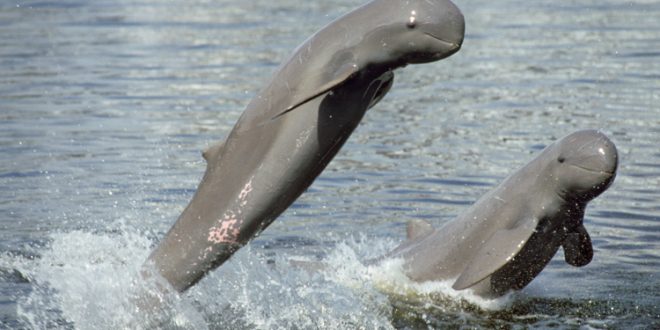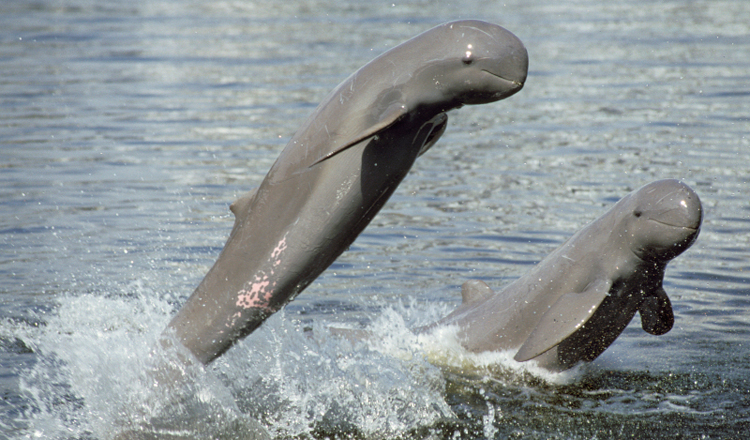PhaySomany, deputy director of the Fisheries Conservation Department at the Fisheries Administration of Cambodia’s Ministry of Agriculture, Forestry and Fisheries, said the kingdom is willing to learn experience from China’s conservation of the Yangtze finless porpoise.
He said Cambodia has been working closely with the Institute of Hydrobiology of the Chinese Academy of Sciences, and the Freshwater Fisheries Research Center (FFRC) of the Chinese Academy of Fisheries Sciences to research and protect the Mekong River Irrawaddy dolphins in the country.
“We have good relations with the Institute of Hydrobiology, an institute that has been researching and protecting the Yangtze finless porpoise in the Yangtze River,” he told Xinhua in an interview.
“The experts from this institute have always provided us with technical support. For example, in past years, they had given presentations on their experience and modern scientific research to our Cambodian experts,” he said.
Somany praised the Chinese government for having paid high attention to protecting the Yangtze finless porpoise species from extinction, recovering this species’ number from below 100 individuals to more than 3,000 individuals at present.
The Mekong River Irrawaddy dolphins have been listed as critically endangered on the International Union for Conservation of Nature Red List of Threatened Species since 2004.
Somany said the rare animals inhabit a 190-km stretch of the Mekong River from Koh Trong island opposite Kratie provincial town to the Cambodia-Laos border.
He said it was estimated that there were 89 Irrawaddy dolphin population in the Cambodian portion of the Mekong River in 2020, an increase of nine individuals from 80 in 2015.
“The Mekong River dolphins are considered as the national living treasure by the Cambodian government and the animals have played an important role in attracting tourists,” he said.







